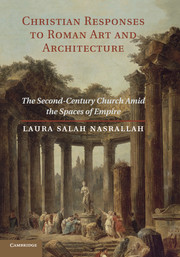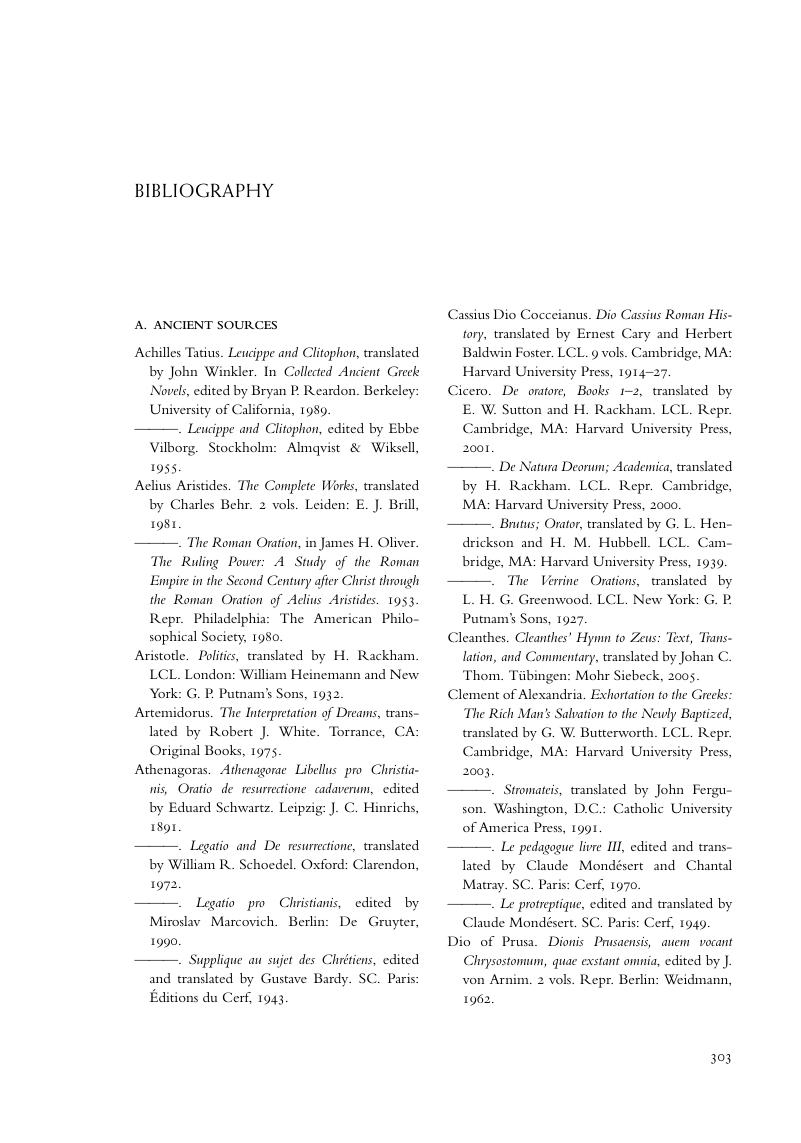 Christian Responses to Roman Art and Architecture
Christian Responses to Roman Art and Architecture BIBLIOGRAPHY
Summary

- Type
- Chapter
- Information
- Christian Responses to Roman Art and ArchitectureThe Second-Century Church amid the Spaces of Empire, pp. 303 - 322Publisher: Cambridge University PressPrint publication year: 2010


